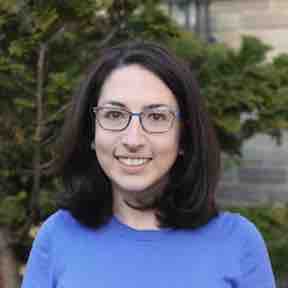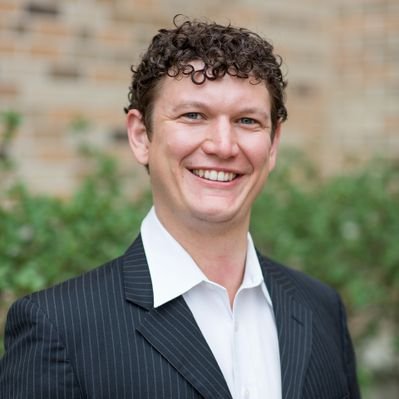A structured account of compositional meaning has been longstanding goal for both natural language understanding and computational semantics. To this end, a number of efforts have focused on encoding semantic relationships and attributes in a semantic graph.
In these formalisms, semantic information is typically encoded discretely, using nominal category labels for nodes and edges. This categorical encoding can make such formalisms brittle when presented with non-prototypical instances, and leads to challenges in coping with changing label ontologies and new datasets. Furthermore, they are difficult to annotate, often requiring trained linguists and large annotation manuals.
We develop joint UDS parsers, which learn to extract both graph structures and attributes from natural language input.
References
Researchers
 Elias Stengel-Eskin |
 Sheng Zhang |
 Rachel Rudinger |
 Aaron Steven White |
 Benjamin Van Durme |
 Kenton Murray |